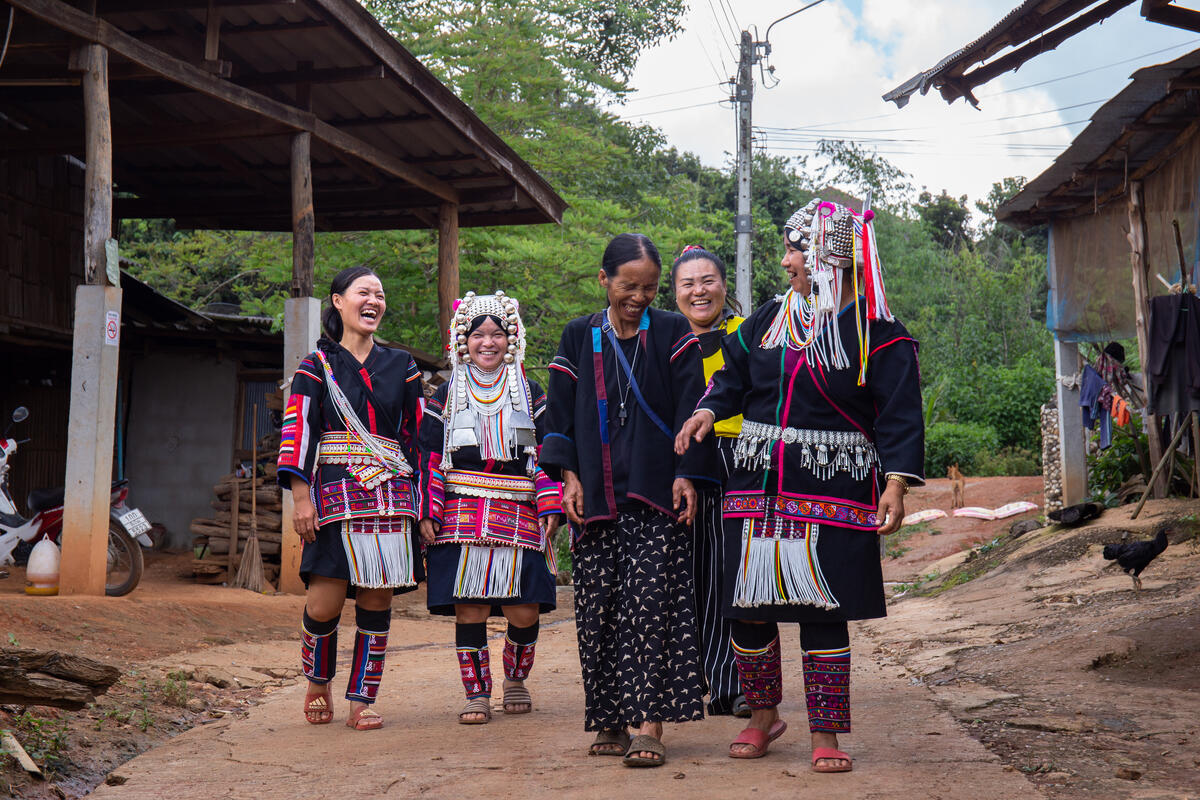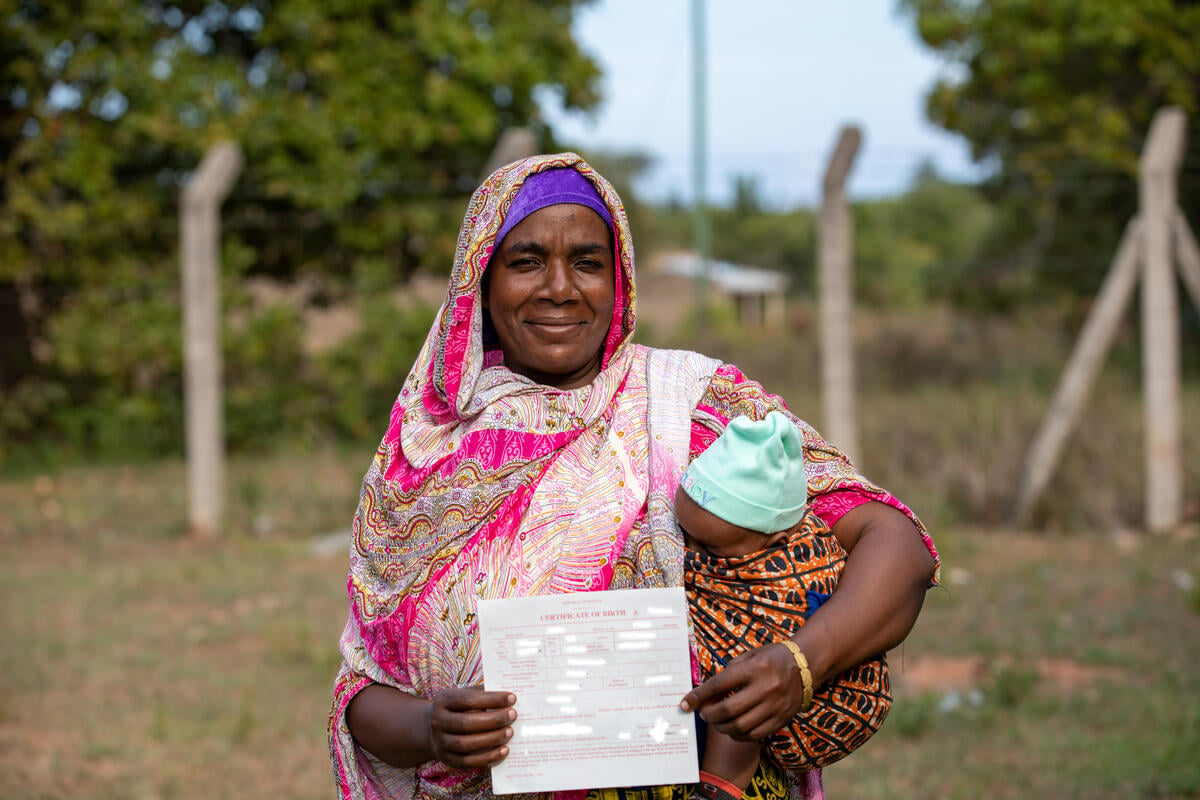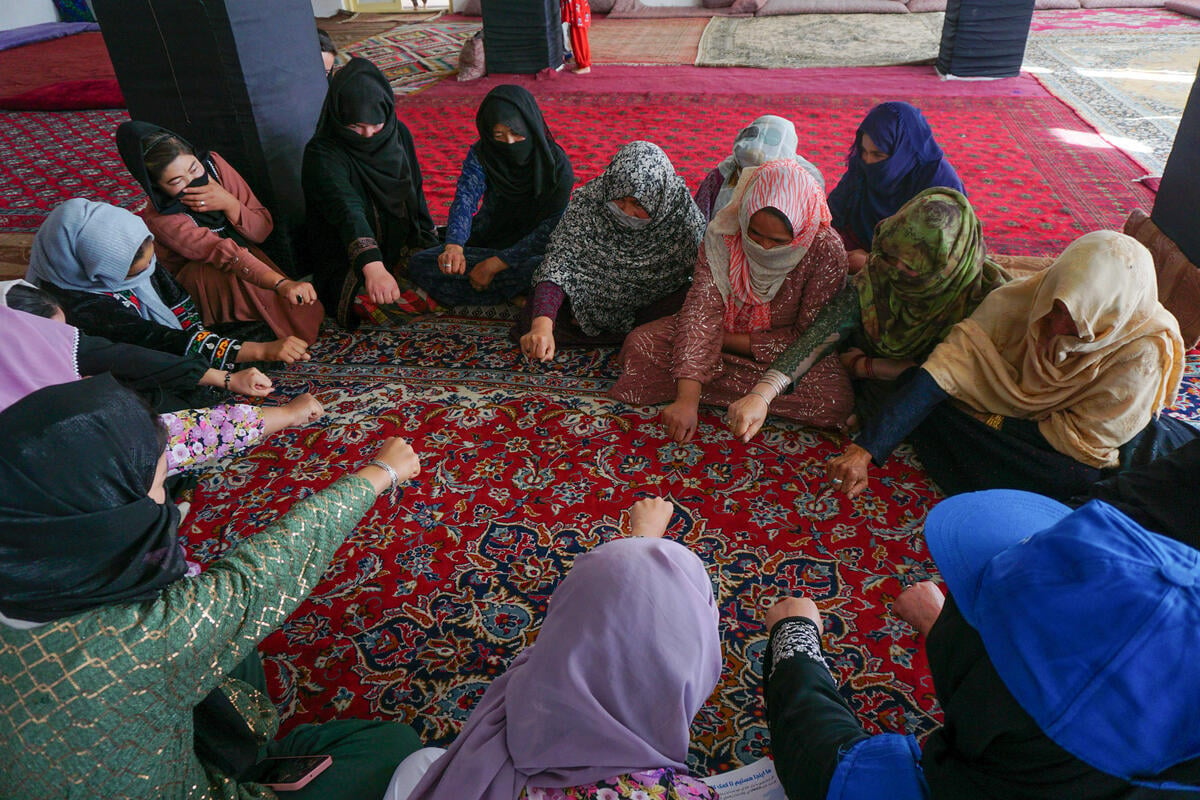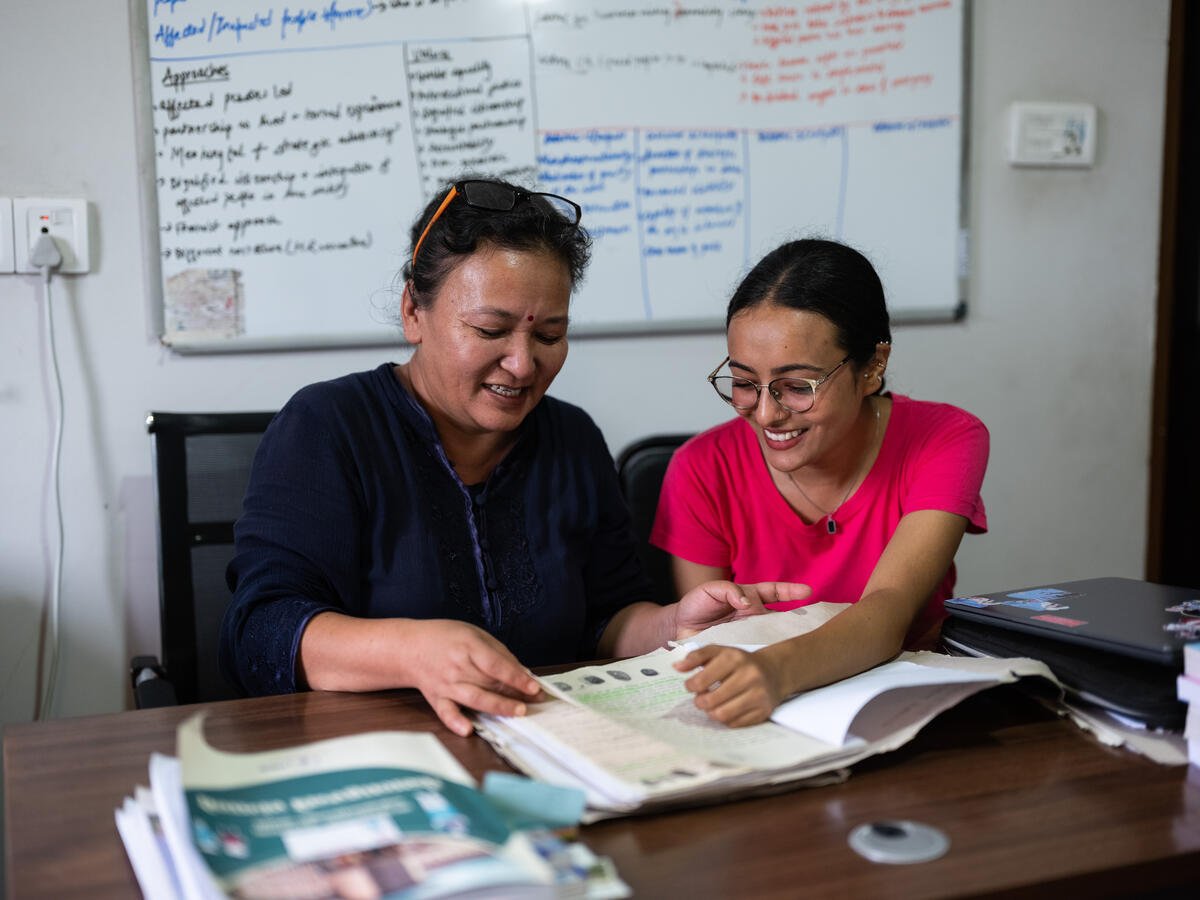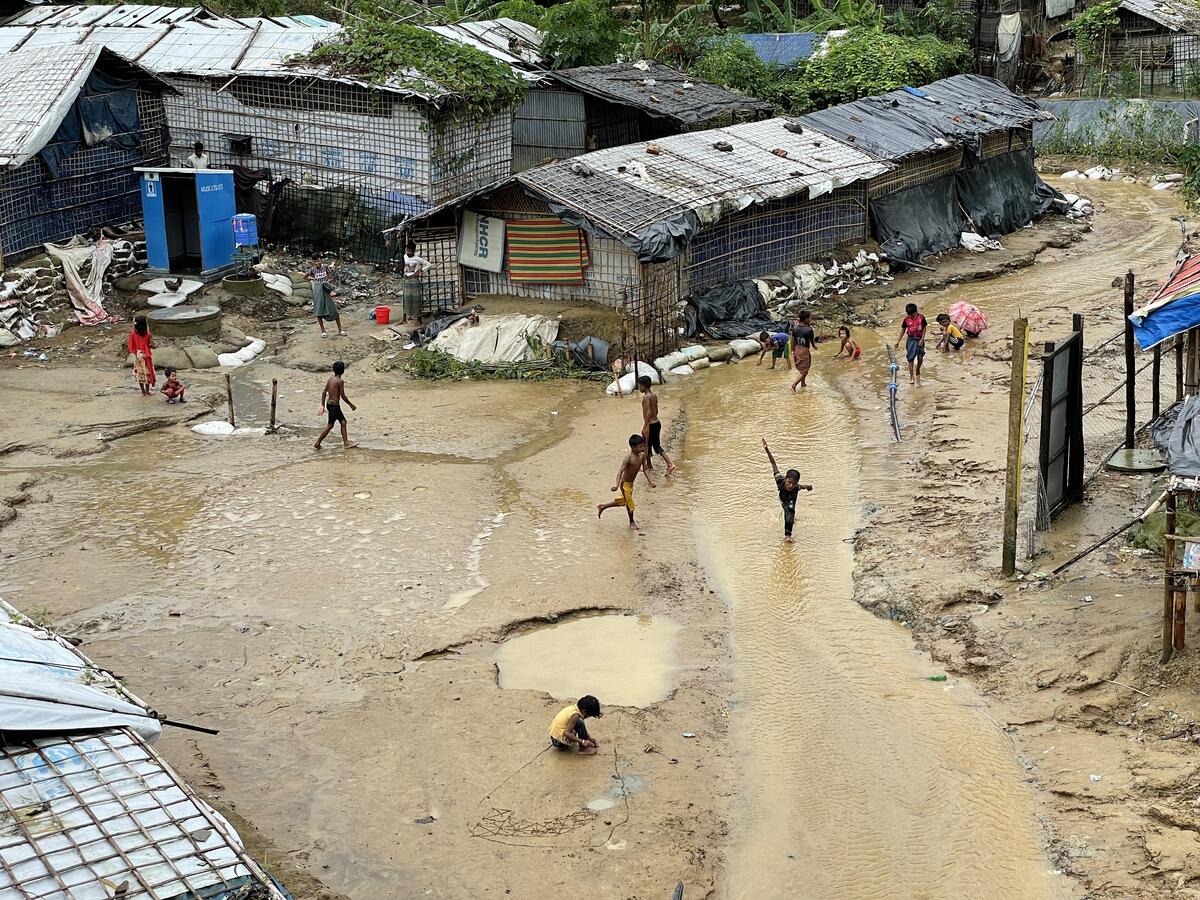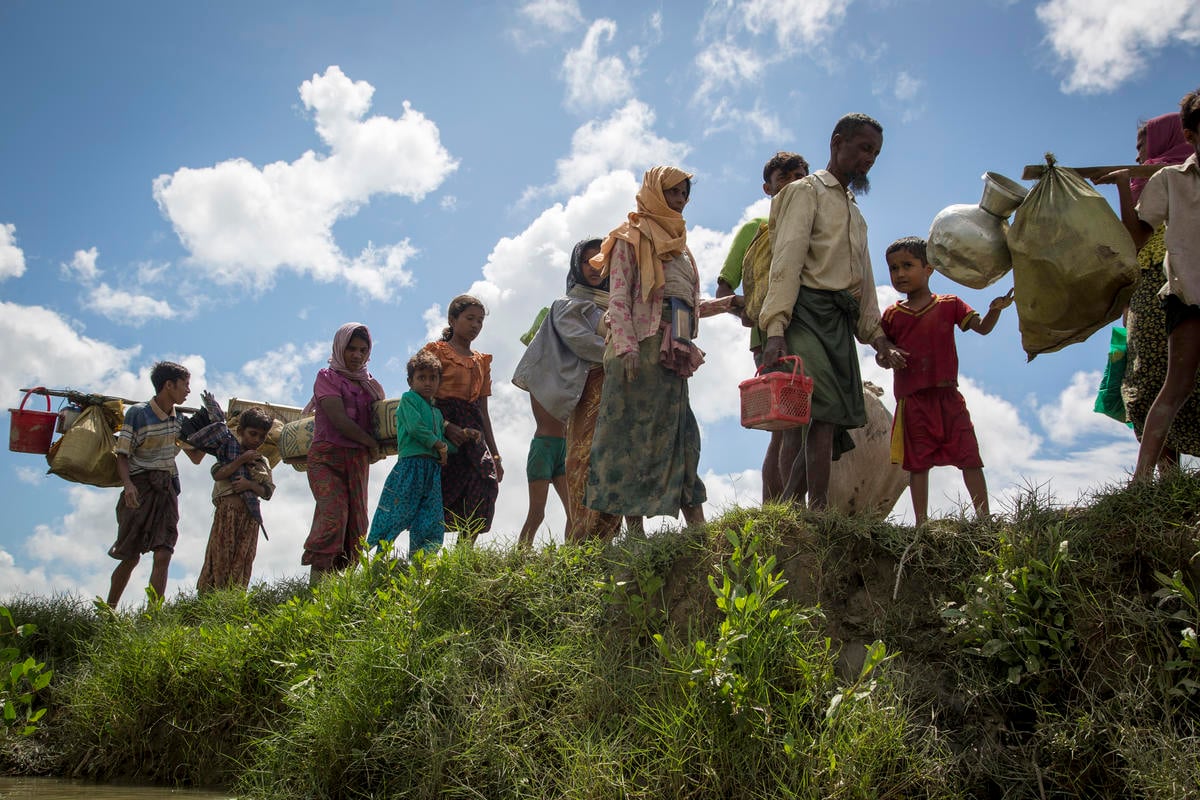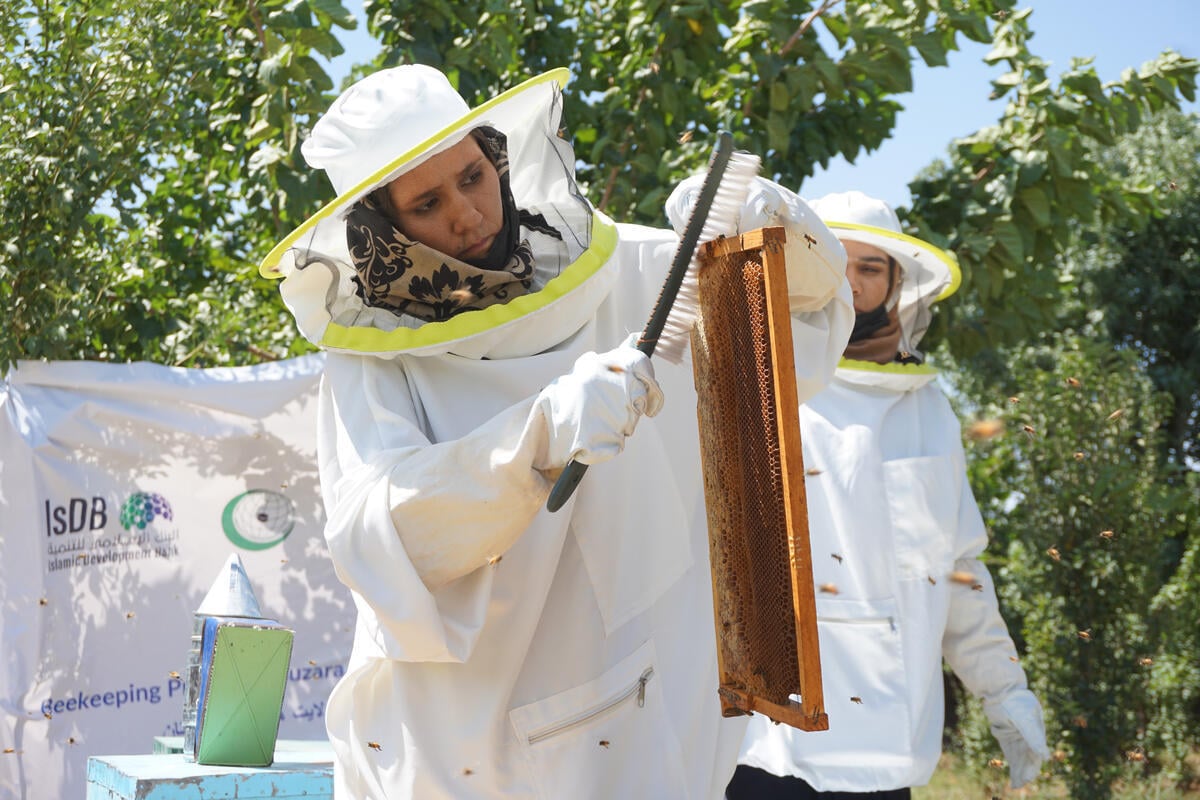Asia and the Pacific
Asia and the Pacific

Browse country pages in this region:
Do you need help?
Find information and helpful services for refugees, asylum-seekers and stateless persons, read more about your rights and duties, and view the frequently asked questions on the Help page:
See the Help page
Are you looking for a way to study at university?
Find accredited higher education academic or scholarship programmes verified by UNHCR on the Scholarship Opportunities for Refugees platform.
Current emergencies
With some 16.9 million refugees, internally displaced persons and stateless people as of the end of 2023, the Asia and the Pacific region presents a complex set of situations, from emergencies requiring an immediate humanitarian response to contexts needing innovative longer-term and sustainable solutions.
In Afghanistan, UNHCR rapidly scaled up its operation, assisting almost 1 million individuals. UNHCR provided Afghans with core relief items, cash and/or in-kind assistance, and winterization support. But many challenges remain, particularly for women and girls, including food insecurity, inflation and high economic instability, as well as limited livelihoods and severe climate shocks.
Over a million Rohingya refugees have fled violence in Myanmar in successive waves of displacement since the early 1990s. UNHCR focuses on finding sustainable solutions for Rohingya refugees and advocates for sustained support to host countries until solutions are achieved.
Other emergencies included Typhoon Rai in the Philippines, where UNHCR’s emergency response team provided protection and technical expertise to severely affected and hard-to-reach communities.
UNHCR's work in the region
UNHCR continues its strategic efforts to protect, assist and pursue durable solutions for affected populations in the region.
COVID-19 affected asylum services, livelihoods, and solutions. UNHCR’s response sustained essential protection, targeted cash assistance and enhanced digital inclusion via help.unhcr.org sites across the region.
UNHCR works on facilitating third-country resettlement and scaling up support for complementary pathways in Bangladesh, India, Indonesia and the Islamic Republics of Iran and Pakistan.
Text and media 13
Afghanistan emergency
Some 3.4 million people are internally displaced due to conflict in Afghanistan, and over 24 million are in need of vital humanitarian relief.
UNHCR continues to deliver on its scaled-up response, focusing on the provision of cash assistance, core relief items and shelter. UNHCR also supports host governments and communities in their efforts to include Afghans in national services such as health and education.
UNHCR collaborates with the relevant national counterparts to promote access to territory, fair asylum procedures, and protection-sensitive border controls across the region. We also call for greater responsibility-sharing for rescuing refugees undertaking risky journeys at sea and developing safe and legal pathways.
Together with refugee-led organizations, we monitor and support survivors of gender-based violence and women at risk, offering counselling and referral services and meeting their basic needs.
In 2024, UNHCR will keep investing in protection, redoubling efforts to support resilience via the provision of core relief items and cash assistance.
Text and media 10
Rohingya emergency
Violence against civilians and the intensified armed conflict following the events of February 2021 caused tens of thousands of refugees to flee to neighbouring countries and displaced an estimated 1.215 million people within Myanmar.
UNHCR has called for comprehensive and regional approaches to durable solutions for close to 1.1 million refugees from Myanmar, such as voluntary repatriation and resettlement.
We focus on the responsive and timely delivery of humanitarian assistance, strengthening community-based protection and resilience.
Forced displacement in the context of climate change
Nearly 80% of the world’s climate-induced displacement is reportedly in Asia and the Pacific. As climate shocks become more frequent and severe, UNHCR aims to better protect and strengthen the resilience of displaced people in climate-vulnerable countries like Afghanistan, Bangladesh and Pakistan.
UNHCR works on providing legal, policy and practical solutions for the protection of people displaced by the effects of climate change and natural disasters. We aim for sustainability and an environmentally sensitive footprint.
Text and media 19
Refugee voices
Through first-person narratives, refugees from across Asia and the Pacific share their experiences, perspectives and aspirations as people forced to flee.
Other reports
Reporting for Asia and the Pacific: UNHCR Global Report
The Global Report presents the work carried out by UNHCR in 2022, highlighting the year's achievements and challenges faced in responding to multiple life-threatening crises and ever-growing humanitarian needs.
Planning for Asia and the Pacific: UNHCR Global Appeal
Global Appeal provides information about UNHCR’s plans for the coming year and the funding it needs to protect, assist and empower forcibly displaced and stateless people, and to help them find solutions to their situations.




